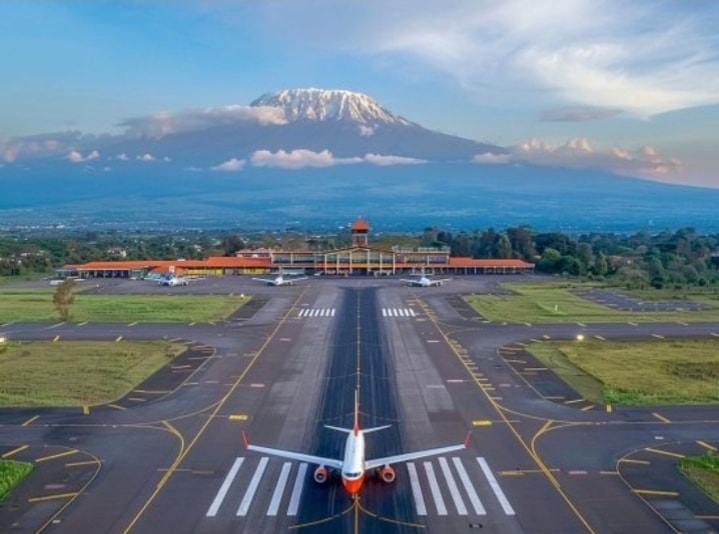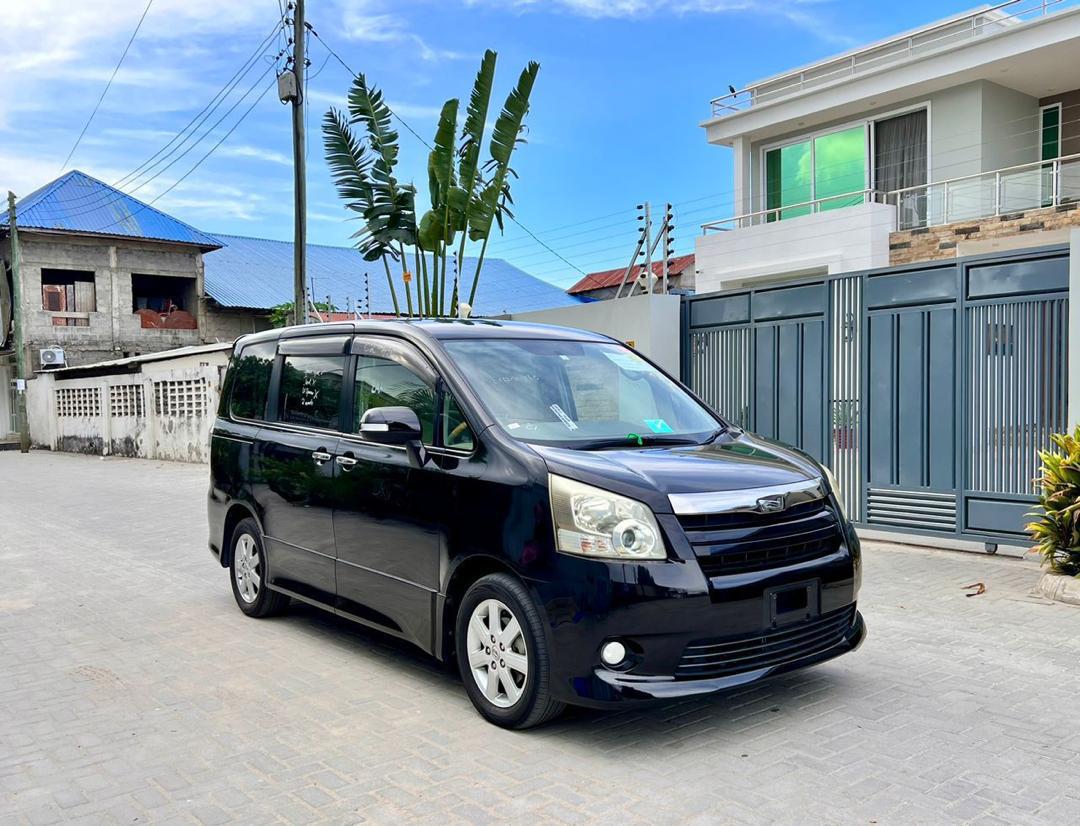Discover the Best Safari in Tanzania and Zanzibar: A Perfect Getaway

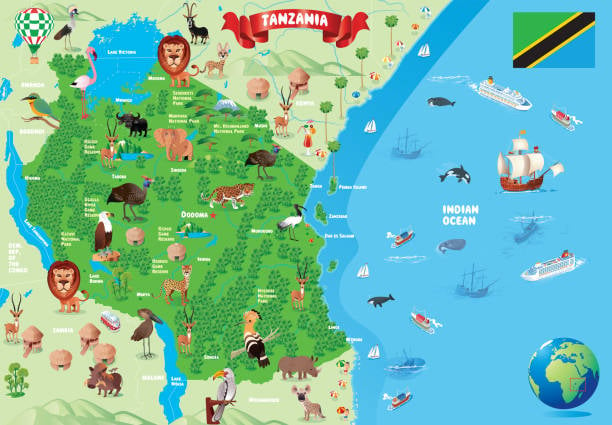
Safari Adventure in Tanzania and Zanzibar
Embarking on a safari in Tanzania and Zanzibar offers an unforgettable journey through Africa’s iconic wilderness and tropical islands. This safari adventure covers sweeping grasslands, vast savannah parks, and pristine beaches on the Indian Ocean.
Tanzania’s Serengeti, Ngorongoro, Tarangire, and Selous are the ultimate national parks for wildlife viewing.
On this trip you explore the big cats, large herds of wildebeest, and endangered black rhinos, followed by all inclusive beach relaxation on Zanzibar’s turquoise waters.
National Parks of Tanzania
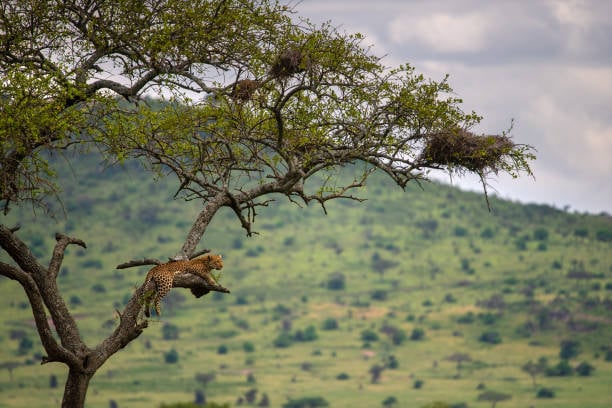
Tanzania is home to dozens of national parks and wildlife reserves, creating a diverse safari experience.
In the north you can visit UNESCO-listed Ngorongoro Crater, a Great Rift Valley caldera teeming with wildlife year-round.
The iconic Serengeti National Park boasts one of the continent’s highest concentrations of large mammal species. Tarangire National Park hosts sprawling baobab forests and elephants in large herds.
Forests and flamingo-lined lakes can be found in Lake Manyara National Park in Tanzania. These northern parks provide a classic safari circuit of daily game drives and sunrise wildlife viewing opportunities.
Serengeti National Park
Serengeti National Park is the crown jewel of a Tanzania safari. Its endless grassy plains and open savannah support the famous Great Migration and vast wildlife populations.
Here you can witness large herds of wildebeest and zebra on migration and spot all three big cats (lion, leopard, cheetah) in one afternoon game drive. The park holds over 500 bird species, making it rich in avian diversity.
Visitors often take morning or afternoon game drives to watch lion prides on rocky kopjes or giraffes browsing the acacia woodlands. For a unique perspective, hot air balloon safaris are also offered to float above the Serengeti plains.
Ngorongoro Conservation and Great Rift Valle
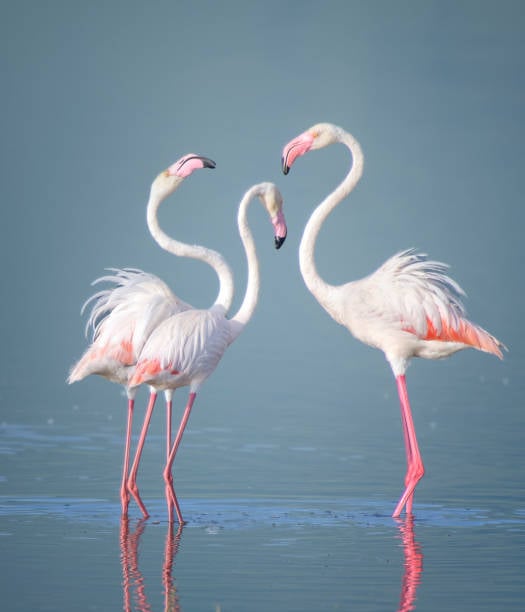
The Ngorongoro Conservation Area features the Ngorongoro Crater – a UNESCO World Heritage site and the world’s largest unbroken volcanic caldera. It lies at the eastern arm of the Great Rift Valley, with scenic flight routes over its highland plains.
This protected area in Tanzania has wildlife coexisting with Maasai pastoralists on the crater rim. The crater floor has year-round resident wildlife, including elephants, rhinos, hippos and huge flocks of flamingos on the soda lake.
Game drives into the crater (often with a packed lunch by the water) reveal abundant wildlife up close. On the rim, you may catch panoramic views of the Serengeti plains and spot predators tracking prey far below.
Tarangire and Lake Manyara National Parks
Tarangire National Park is famed for its towering baobab trees and elephants. In the grassy plains of northern Tanzania, large herds gather around the Tarangire River for water.
Overlooking Tarangire is Lake Manyara National Park, a smaller park known for its tree-climbing lions and flocks of pink flamingos. Lake Manyara’s lush forests attract monkeys and leopards in acacia trees, while herds of buffalo graze on the floodplains.
These parks can be covered on a multi-day itinerary that may include two nights here plus a night in a nearby Arusha or Manyara lodge for a relaxed schedule. Many visitors plan to spend at least one full day at each park with a local guide from Arusha or Moshi.
Selous Game Reserve (Nyerere National Park)

Travel southeast from Dar es Salaam into Africa’s largest wildlife reserve. The Selous Game Reserve (recently renamed Nyerere National Park) spans 50,000 square kilometres, making it one of the largest protected areas in Africa.
This massive national park in Tanzania is a UNESCO World Heritage site with diverse habitats from flooded plains to miombo woodlands.
Safaris in Selous can be done by open-topped vehicle, on foot, and especially by boat on the Rufiji River. Many camps here are intimate safari camps focused on wildlife and birdwatching, offering both game drives and nature walks.
Rufiji River Boat Safari
The Rufiji River is the lifeblood of Selous/Nyerere. Boat safaris along the Rufiji provide a unique perspective and often bring visitors close to wildlife on the water’s edge. A short 2–3 hour boat trip at dawn or dusk might reveal hippos wallowing and Nile crocodiles sunning on sandbanks.
Local guides know where herds drink along the riverbanks, so you could see elephants, buffalos, or even giraffes from the boat. Picnic lunches on secluded riverbanks are common on full-day Rufiji excursions. For variety, some Selous camps also offer guided walking safaris and night game drives.
Scenic Flights and Wildlife Viewing

For a truly remarkable perspective, consider a scenic flight over Tanzania’s parks. Small aircraft can fly you above the Serengeti plains or over the Ngorongoro Crater rim, showcasing the patterns of migration and the Great Rift Valley from the sky. Many tour operators in Tanzania offer fly-in safaris or charter flights (often connecting major parks or linking safari with Zanzibar).
On a flight from the savannah to the coast, you might glimpse Mount Kilimanjaro’s snow-capped peak or Mount Meru.
These scenic flights not only save travel time but are tourist attractions themselves. Airlines serve routes like Serengeti-to-Zanzibar, allowing you to transition directly from wildlife to beach with one aerial hop.
Dar es Salaam – Arrival Gateway
Most international travelers arrive in Tanzania via Dar es Salaam or Kilimanjaro Airport. Dar es Salaam is Tanzania’s largest city and commercial hub, also a common gateway for safaris. Many packages start with an overnight stay in Dar on a full board basis, giving travelers time to adjust to the time zone and climate.
If arriving by overnight flight (often from London Heathrow or other international airports), you may land in the morning. From Dar es Salaam, safari lodges or resorts often arrange a connecting flight north or south. Dar es Salaam airport and port also service ferries to Zanzibar island and flights to Stone Town.
Zanzibar: Island Paradise
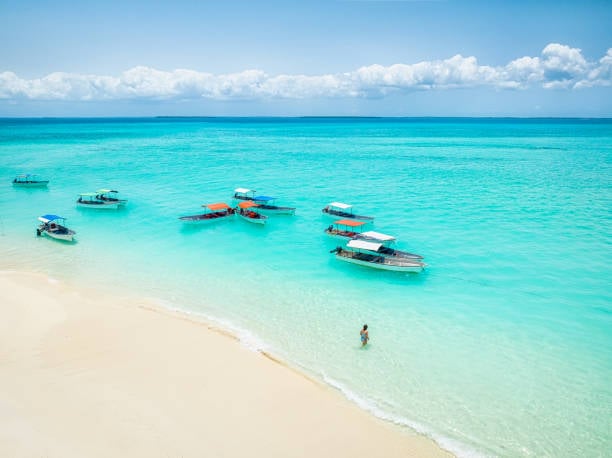
After the safari, a visit to Zanzibar is a perfect way to unwind. Zanzibar is an Indian Ocean island off Tanzania’s coast famous for its white sand beaches and rich culture. The scenery includes turquoise waters and coral reefs full of colorful fish. Popular beach areas like Nungwi and Paje offer more relaxing vibes compared to Stone Town.
Many resorts like Zanzibar Bay Resort offer beachfront accommodations with sea views and all inclusive options. Resorts cater to families and couples, often providing pools, water sports, and spa facilities.
There are boat trips and snorkeling tours available; for example, you might snorkel near Mnemba Atoll where you can spot sea turtles and reef fish.
The island’s cuisine and dining scene is varied. Local dishes such as grilled fish and pilau are often served in beachside restaurants, and many resorts have international buffet options.
Zanzibar’s markets, especially in Stone Town, offer fresh fruit, spices, and souvenirs to spend any extra budget.
All-Inclusive Beach Resorts
Zanzibar is famous for all-inclusive beach resorts that cater to families and couples. Many beachfront hotels bundle your meals, drinks, and activities into one package for convenience.
For example, at an all inclusive hotel you might spend the day lounging under palm trees, enjoying watersports like kayaking, and dining on both Swahili and international cuisines.
Such resorts often have kids’ clubs, dive centers, and organized entertainment. Travelers often choose all inclusive for Zanzibar so they can fully relax without worrying about meal costs.
Stone Town: UNESCO Heritage and Culture

Stone Town, the historic center of Zanzibar City, is a UNESCO World Heritage site. Its narrow alleys and carved doorways reflect a blend of African, Indian, Arab, and European heritage.
Attractions include the Old Fort, the House of Wonders palace, and the Anglican Cathedral built on the former slave market site. Guided walking tours will take you through markets, spice stalls, and bazaars, offering a unique insight into the island’s rich history. Don’t miss a meal of Zanzibar pizza or mchuzi wa samaki (fish curry) at a local cafe.
Jozani Forest and Mangroves
Nature lovers can also explore Jozani-Chwaka Bay National Park on Unguja (the main Zanzibar island). This protected forest is famous for the Zanzibar red colobus monkey, an endangered primate found only here.
Guided walks in Jozani allow visitors to get a close look at these rare monkeys and the mangrove ecosystem. The park has boardwalks through mangrove swamps and picnic spots. If you are staying at a beach resort, you can easily arrange a day tour to Jozani.
Other nature experiences include dolphin-watching tours off the west coast.
Activities: Snorkeling, Dhow Cruises and More
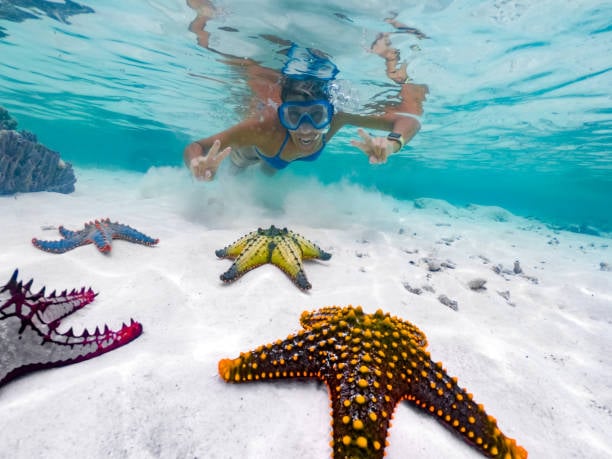
Zanzibar offers many activities beyond the beach. Snorkeling and diving trips reveal colorful coral reefs and tropical fish. Operators often promise glimpses of turtles, and occasionally even whale sharks in season. Glass-bottom boat tours are available for families with young kids.
Sunset dhow cruises are another relaxing highlight: traditional sailboats drift along the coast as you watch the sun set over the Indian Ocean. These sails are enjoyed by many fellow guests. Spice farm tours in the countryside let you sample local fruits and exotic spices.
For nightlife, beach bars and waterfront cafes provide a pleasant end to the day.
Travel Packages and Itineraries
Many tour operators combine Tanzania safari and Zanzibar beach in one package. Zanzibar offers multiple all-inclusive resorts for a relaxing beach stay after safaris. For example, a package might include 7 nights of safari plus 3 nights at an all inclusive Zanzibar resort like Zanzibar Bay Resort.
These travel packages often include flights from the Serengeti or Arusha to Zanzibar. You can find multi-night itineraries that cover two nights in Serengeti, one in Ngorongoro and three nights in Zanzibar. Often detailed itineraries come with a guide, all meals, park fees, and a range of accommodation options in both locations.
Pricing for a 10-night comprehensive trip can start around $2,500 per person. Many operators allow mixing lodges and budget options, and some add extras like guided village tours. Cultural activities (like visiting local Maasai villages on the way) are often included as optional add-ons by tour operators.
Sample Safari Itinerary: Fly into Kilimanjaro Airport, then drive to Tarangire National Park for a full day game drive. Continue to the Serengeti for two nights, including morning and afternoon game drives, and optional hot-air balloon ride. On Day 4, head to Ngorongoro Crater for one day of wildlife viewing (packed lunch by hippos in the crater). Finally, fly or drive to Zanzibar for 3–4 nights of beach relaxation on an all inclusive basis.
Inclusions: Typical packages include game drives in a 4×4 safari vehicle, park fees, comfortable safari camps or tented safari camps, local guides, and often an international flight. Many deals include bottled water in vehicles, and all meals on safari. Zanzibar accommodations range from boutique resorts to luxury hotels, usually on a full board basis.
Travel Tips and Requirements

Tanzania safaris and Zanzibar holidays each have their own requirements.
Tanzania requires a valid passport and usually a visa (check your country’s rules). Zanzibar, being semi-autonomous, now requires mandatory travel insurance.
As of October 1, 2024, all visitors to Zanzibar must purchase a $44 inbound travel insurance through the Zanzibar Insurance Corporation. This policy covers health issues, accidents, loss of baggage, and emergency evacuation.
You can only buy the mandatory insurance on the official Zanzibar website or at the airport; other international policies are not accepted for Zanzibar entry. Be sure to obtain proof (usually a QR code) to show immigration. This insurance is valid for the length of your stay (up to 92 days).
Health: Both mainland and Zanzibar are malaria zones. Carry antimalarial medication and take precautions like bed nets and insect repellent. Drink bottled water on safari and in Zanzibar to avoid traveler’s stomach.
Money: Tanzanian shilling is the local currency, but US dollars are widely accepted. It’s recommended to carry some small USD bills for tipping and incidentals. Plan to have about $200 per person for souvenirs and tips. A guideline is $2 per day for waitstaff and about $7 per day for drivers and guides. Most places in Tanzania and Zanzibar accept USD tips.
Packing: Light clothing for daytime, plus a warmer layer for cool evenings (especially in Ngorongoro). A wide-brimmed hat, sunglasses, and sunscreen are essential. On safari, neutral-color clothes are best. Bring rain gear if traveling in low season (April–June).
Etiquette: Tanzania is welcoming, but respect local customs. Zanzibar is largely Muslim: dress modestly in Stone Town and villages (cover shoulders and knees) and avoid public displays of affection. Always ask before photographing people or sensitive sites.
Arrival: If flying, you’ll arrive at Dar es Salaam or Kilimanjaro airport. In Dar es Salaam, you pass through immigration like any airport. At Zanzibar airport, immigration checks your travel insurance. Transfers: Most safari packages include ground transport or short flights to parks and to Zanzibar.
Wildlife: Tanzania is famous for its Big Five (lion, leopard, elephant, rhino, buffalo). You have good chances of seeing lions and elephants almost anywhere, but white and black rhinos are rarer – Ngorongoro is a stronghold for black rhinos. Daily game drives are the best way to see wildlife; in some wildlife reserves experienced guides will also conduct walking safaris.
Low Season Travel
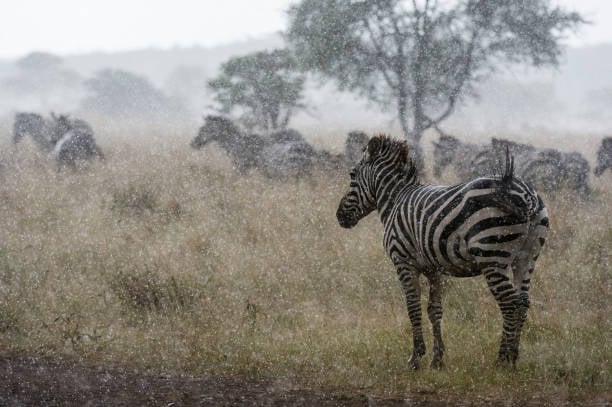
Traveling in the low (green) season can be worthwhile. The rains typically fall March–May (long rains) and October–November (short rains). During these months parks like Serengeti and Tarangire are less crowded and rates are lower. Wildlife is still abundant – in fact animals gather around the few water sources, making them easier to spot.
One downside is some lodges close in peak wet months. The short rains bring dramatic thunder showers but usually clear skies in between. For Zanzibar, you can still enjoy beautiful beaches in the off-season; however, be aware that high tide may cover parts of the reef (check local tide tables).
If you travel in low season, pack a light raincoat and plan some indoor activities (Stone Town or cultural visits) just in case of a heavy shower. Many travelers find that late April or May in the Serengeti still offers good sightings, often with newborn animals and baby birds in the lush landscape.
FAQs
Can I do a safari from Zanzibar?
Absolutely. Travelers often combine Zanzibar with a mainland safari. You can fly from Zanzibar to Arusha or Dar es Salaam and join a safari tour, or vice versa. Many tour operators arrange an itinerary with beaches first or last. Bear in mind that flights or a boat transfer are needed between the island and safari parks.
Is it worth going to Zanzibar after a safari?
Definitely. After days of game drives, Zanzibar’s beaches and calm pace feel very rewarding. The change from land to sea is striking: imagine swapping dusty plains and full days of wildlife sightings for turquoise waters and palm-fringed beaches.
What is the best month for a safari in Tanzania?
Most travelers recommend the dry season from June to October when wildlife is concentrated around water and the Great Migration is visible in northern parks. However, the green season (November–April) has lush scenery and fewer tourists. If the Great Migration river crossings are your goal, July–August in the northern Serengeti is ideal.
How many days do you need in Tanzania and Zanzibar?
It depends on how much you want to see. A minimum of 10 days gives a good taste: for example, 6–7 days for 2–3 parks on safari and 3–4 days in Zanzibar. Many travelers spend 10–14 nights total. For example, 3 nights each in Serengeti and Selous (Nyerere), 2 nights in Ngorongoro, plus 4 nights on Zanzibar. This covers the highlights at a comfortable pace.
How do prices look for combined packages?
Guided tour prices vary, but many safari-plus-beach packages start around $2,000–$3,000 USD per person (based on double occupancy for ~10–12 nights). This often includes lodges or tented safari camps with all game drives, meals, park fees, domestic flights (e.g. Arusha–Zanzibar), and Zanzibar beach hotel on an all-inclusive basis. Cheaper rates are available in low season, and multi-night itineraries can mix luxury and budget accommodations for flexibility

